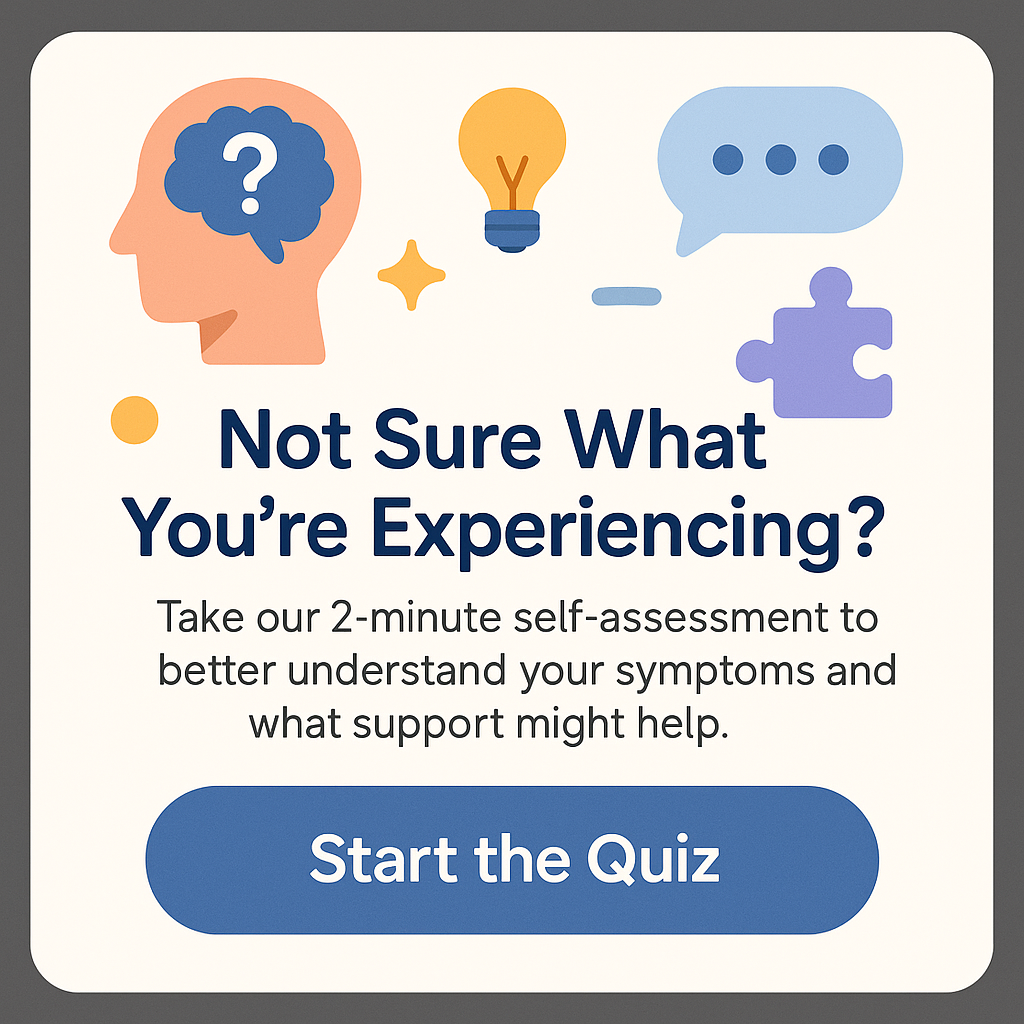What Are the Core Beliefs of ABA?
What are the core beliefs of ABA? Understanding the foundational principles of Applied Behavior Analysis (ABA) is essential for anyone interested in behavior modification and therapeutic interventions. ABA is rooted in behavioral science, employing systematic strategies to increase desired behaviors and decrease undesired ones, particularly in children with autism spectrum disorders. The effectiveness of ABA is well-documented, gaining recognition from parents, educators, and healthcare professionals alike. This article will delve deep into the core beliefs of ABA, elucidating its guiding principles and how they can be applied in real-world scenarios. Whether you’re a professional, a parent, or simply someone looking to expand your knowledge on behavioral science, this comprehensive guide will provide valuable insights.
The Philosophical Foundations of ABA
When we ponder the question, what are the core beliefs of ABA?, it’s important to recognize that ABA is based on a few core philosophical tenets. ABA is predicated on the understanding that behavior is learned and can be modified through appropriate interventions. Here are the primary beliefs that shape ABA:
1. Behavior is Observable and Measurable
One of the fundamental beliefs of ABA is that behavior should be observable and measurable. This means that behaviors must be specific and defined clearly, allowing practitioners to track progress accurately. This belief recognizes that subjective interpretations can vary widely, compromising the reliability of assessments. Using clear definitions and observable metrics is essential for evaluating the effectiveness of behavioral interventions.
2. The Importance of the Environment
The environment plays a critical role in shaping behavior. ABA posits that behaviors are not only influenced by internal factors but also by external stimuli. The context or environment in which a behavior occurs can significantly affect the likelihood of the behavior being reinforced or discouraged. Therefore, understanding the environmental conditions surrounding a behavioral event is vital for developing effective interventions.
3. Learning is a Function of Consequences
ABA emphasizes operant conditioning, a learning principle where behaviors are influenced by their consequences. Positive reinforcement, such as rewards, increases the likelihood that a behavior will occur again, while negative reinforcement (removal of an unfavorable outcome) or punishment can decrease undesired behaviors. Understanding this principle is crucial for creating effective behavior change strategies.
4. Individualization of Interventions
The belief that every individual is unique underpins the practice of ABA. Interventions must be tailored to meet the specific needs of the individual. This customization often involves a detailed functional assessment to identify the reasons behind certain behaviors. By analyzing the data collected, practitioners can develop personalized strategies, enhancing the likelihood of success.
5. Data-Driven Decision Making
Another core belief of ABA is the reliance on data to inform practices. Collecting and analyzing data allows practitioners to measure progress objectively, assess the effectiveness of interventions, and make necessary adjustments. Regular review of data supports continuous improvement in the treatment process, ensuring that the interventions remain relevant and effective.
6. Ethical Considerations
Lastly, ethical considerations are a crucial aspect of ABA. Practitioners must ensure that their interventions respect the dignity, rights, and values of individuals. This entails obtaining informed consent, ensuring confidentiality, and promoting autonomy. These ethical guidelines help maintain trust between practitioners and clients, fostering positive outcomes in a supportive environment.
Applying the Core Beliefs of ABA in Practice
Understanding what are the core beliefs of ABA? is foundational, but applying these principles in practice is where meaningful change occurs. Let’s explore how these core beliefs translate into effective strategies in various settings.
Creating Structured Environments
One drastic method to leverage the core beliefs of ABA is to create structured environments. By arranging stimuli in the environment, practitioners can manage behaviors more effectively. For example, educators can create a classroom layout that minimizes distractions and encourages positive social interactions. This environment should also include expected routines, cues, and visual supports that enhance learning opportunities for students.
Behavioral Assessment Techniques
Behavioral assessment is crucial to ABA as it identifies target behaviors and their functions. Practitioners often employ methods such as Functional Behavioral Assessments (FBAs) to determine the purpose of a behavior within its context. This allows for the development of tailored interventions that address the root causes of the behavior rather than merely addressing symptoms.
Implementing Evidence-Based Practices
Central to ABA’s efficacy is the implementation of evidence-based practices supported by research. Let’s investigate how to incorporate these methods into practice.
Positive Reinforcement Techniques
One of the most widely used techniques in ABA is positive reinforcement, which increases desired behaviors. By offering incentives, such as praise or tangible rewards, individuals are more likely to repeat positive behaviors. For example, in a school setting, a teacher might provide stickers for students who complete their assignments on time. This not only encourages compliance but also builds students’ confidence and motivation.
Behavioral Parent Training
ABA is not limited to therapy settings; parents are crucial partners in the success of interventions. Training parents on ABA techniques empowers them to implement strategies at home. Parents can learn positive reinforcement methods, ways to track behavior data, and techniques to manage challenging behaviors. This collaboration ensures that interventions are consistent across environments, maximizing effectiveness.
Challenges in ABA Practice
Alongside its strengths, the field of ABA faces several challenges that professionals must navigate to maintain ethical standards and efficacy. Understanding these can help practitioners refine their strategies.
Variability in Treatment Approaches
While the core beliefs of ABA provide a solid foundation, variability in treatment approaches can pose challenges to consistency. Not all practitioners may interpret principles in the same way, and differing approaches may lead to inconsistent results for clients. Ensuring that all practitioners apply evidence-based practices uniformly is essential for maintaining the integrity of treatment.
Ethical Concerns in Practice
Ethical concerns also arise as practitioners balance effective interventions with the rights and dignity of clients. There may occasionally be pressure to achieve specific outcomes, which can lead to unethical practices if practitioners prioritize results over individuals’ well-being. Regular ethical training and supervision are paramount to ensuring ethical standards remain at the forefront of ABA practice.
Conclusion: Embracing the Core Beliefs of ABA for Effective Change
In summary, when exploring what are the core beliefs of ABA?, it is crucial to recognize the framework’s emphasis on observable and measurable behavior, the impact of the environment, and the importance of data-driven decision-making. As practitioners and caregivers implement these beliefs in real-world scenarios, they lay the groundwork for meaningful behavioral change.
By fostering structured environments, employing evidence-based practices, and collaborating with families, the potential for growth and improvement is immense. However, addressing challenges such as variability in treatment and ethical considerations remains essential in ensuring that ABA practices remain effective and respectful. By embracing these core beliefs, we can continue to evolve the practice of ABA and support individuals in achieving their fullest potential.
FAQs
1. What is ABA therapy?
ABA therapy is a method used for modifying behavior, often applied in treating individuals with autism. It employs principles from behavioral science to promote significant improvement in social, communication, and learning skills.
2. How can parents get involved in ABA?
Parents can collaborate with ABA professionals through training programs that teach them how to implement effective techniques at home. Involvement ensures consistency in behavioral interventions across settings.
3. What are some typical interventions used in ABA?
Common interventions include positive reinforcement strategies, skill-building exercises, and the use of visual supports to facilitate learning and behavior modification.
4. Are there any criticisms of ABA?
While ABA has proven effective for many, some critiques focus on the potential for over-reliance on compliance and the necessity of ethical supervision in practice. It’s essential for practitioners to apply the therapy with compassion and an emphasis on individual well-being.
5. How is success measured in ABA?
Success in ABA is measured through data collection on targeted behaviors. Changes in frequency, intensity, or duration of behaviors are analyzed over time to assess the effectiveness of interventions and make necessary adjustments.
What is the success rate of aba therapy?
Is Autism Genetic From Mom or Dad? Exploring the Truth
What are Signs of Mild Autism? Understanding Subtle Symptoms







